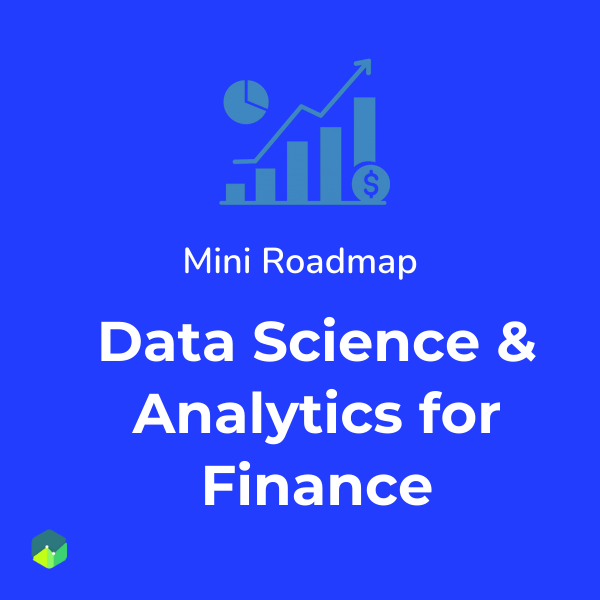Get full access to all Data Science, Machine Learning, and AI courses built for finance professionals.
One-time payment - Lifetime access
Or create a free account to start

A step-by-step guide covering Python, SQL, analytics, and finance applications.
Or create a free account to access more
Get full access to all Data Science, Machine Learning, and AI courses built for finance professionals.
One-time payment - Lifetime access
Or create a free account to start

A step-by-step guide covering Python, SQL, analytics, and finance applications.
Or create a free account to access more
For transactions that trade on organized exchanges or in liquid over-the-counter (OTC) markets, market prices are relatively easy to determine. Trading positions are simply updated to reflect observable market prices obtained from either the exchange on which the instrument is listed or, in the case of OTC transactions, from automated pricing services or as quotes from brokers or dealers that trade the product. When observable market prices are available for a transaction, two pricing methodologies are primarily used—bid/offer or midmarket.
Bid/offer pricing involves assigning the lower of bid or offer prices to a long position and the higher of bid or offer prices to short positions. Midmarket pricing involves assigning the price that is midway between bid and offer prices. Most institutions use midmarket pricing schemes, although some firms may still use bid/offer pricing for some products or types of trading. Midmarket pricing is the method recommended by the accounting and reporting subcommittee of the Group of Thirty’s Global Derivatives Study Group, and it is the method market practitioners currently consider the most sound.
Some institutions may use bid/offer pricing for some transactions and midmarket pricing for others. For example, bid/offer pricing may be used for proprietary and arbitrage transactions in which the difference between bid and offer prices and the midmarket price is assumed not to be earned. Midmarket pricing may be used for transactions in which the firm is a market maker and the bid/offer to midmarket spread is earned. Also, some organizations may value positions on the conservative side of midmarket by taking a discount or adding a premium to the midmarket price to act as a ‘‘holdback reserve.’’ Firms that use a conservative midmarket valuation system may mark all positions in this manner or may only value some less liquid positions this way. Bank policies should clearly specify which valuation methodologies are appropriate for different types of transactions.
The bid/offer price should be considered a limit on instrument values, net of any reserves. Net instrument values recorded on the books at market value should not be below or above the market’s bid/offer price, as these are the values at which a position can be closed. Some institutions have automated programs that use prices obtained from traders to check whether the fair values recorded on the firm’s financial statements fall within the bid/offer price. While these programs can help ensure appropriate pricing regardless of the specific method used, a firm should still have a sound, independent daily revaluation that does not rely solely on traders marking their positions to market.
Whether bid/offer or midmarket pricing is used, banks should use consistent time-of-day cutoffs when valuing transactions. For example, instruments and their related hedges should be priced as of the same time even if the hedging item trades on an exchange with a different closing time than the exchange on which the hedged item trades. Also, all instruments in the same trading portfolio should be valued at the same time even if they are traded at different locations. Price quotes should be current as of the time of pricing and should be consistent with other trades that were transacted close to the same time.
For liquid exchange-traded or OTC products, the monthly revaluation process may simply entail a comparison of book values with exchange or broker-dealer quotations. In these cases, it should be known whether the party providing the valuation is a counterparty to the transaction that generated the holding or is being paid for providing the valuation as an independent pricing service. Firms should be aware that broker-dealer quotes may not necessarily be the same values used by that dealer for its internal purposes and may not be representative of other “market” or model-based valuations. Therefore, institutions should satisfy themselves that the external valuations provided are appropriate.